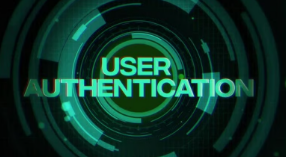Not using two-factor authentication (2FA) can expose individuals and organizations to several significant security risks. Here are some of the main risks associated with not implementing 2FA:
- Increased Vulnerability to Phishing Attacks: Without 2FA, a user’s account can be easily compromised if they fall victim to a phishing attack. If attackers obtain a user’s password, they can gain immediate access to the account without any additional verification.
- Password Theft Risks: Passwords can be stolen through various means, including data breaches, keyloggers, or social engineering. Without 2FA, simply knowing the password is enough for unauthorized access.
- Brute Force Attacks: Attackers can use tools to systematically try numerous password combinations until they find the correct one. Without the additional layer of 2FA, a successful guess can lead to account takeovers.
- Weak Password Practices: Users may be more inclined to use weak, easily guessable passwords if they believe their account is safe. Without 2FA, these weak passwords significantly increase security risks.
- Account Takeovers: If an attacker gains control of an account, they can lock the legitimate user out, access sensitive information, perform unauthorized transactions, or use the account for malicious purposes.
- Data Breaches: Compromised accounts can lead to broader data breaches, especially if users access sensitive data or applications without proper authentication measures in place.
- Financial Loss: Many online services involve financial transactions. Without 2FA, the risk of financial fraud increases substantially, leading to potential monetary losses for both individuals and businesses.
- Compromise of Other Linked Accounts: Once an attacker gains access to one account, they can use the information found there to compromise other accounts, especially if users reuse passwords across different services.
- Reputation Damage: For businesses, a security breach can lead to customer distrust, loss of business, and reputational damage, impacting long-term success.
- Lack of Accountability: Without 2FA, it is harder to track unauthorized access to accounts, making it more challenging to hold individuals accountable for security lapses.
Not using two-factor authentication greatly increases the risk of unauthorized access, data breaches, and various cyber threats. Implementing 2FA provides an essential additional layer of security, significantly reducing the likelihood of such vulnerabilities.
